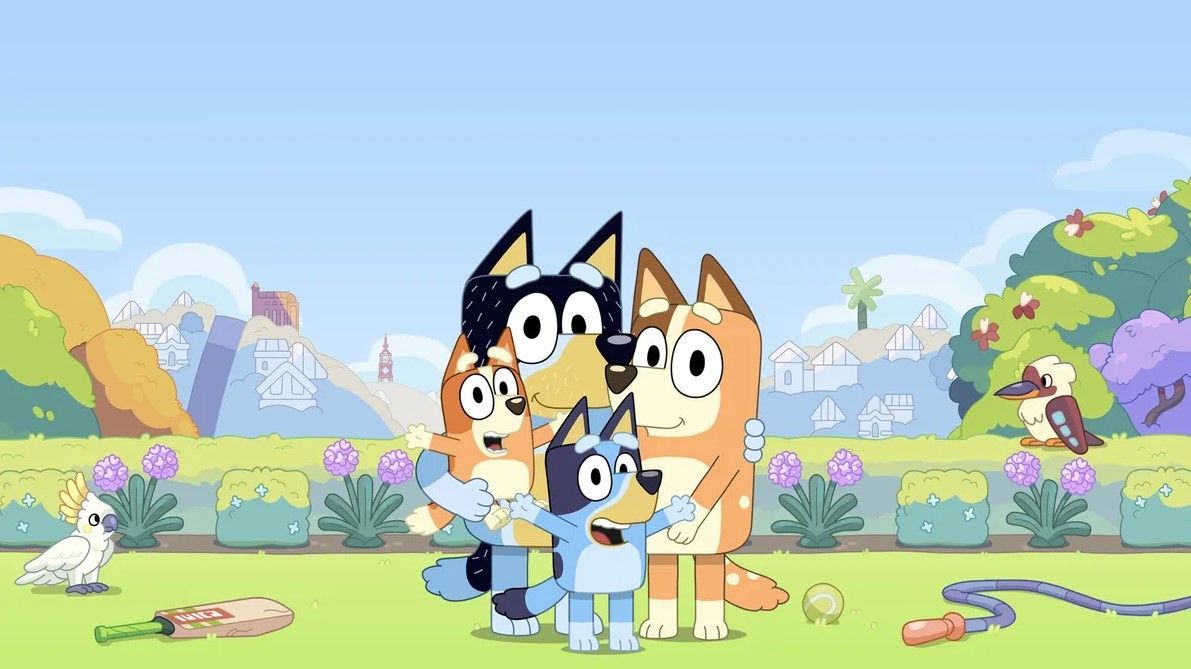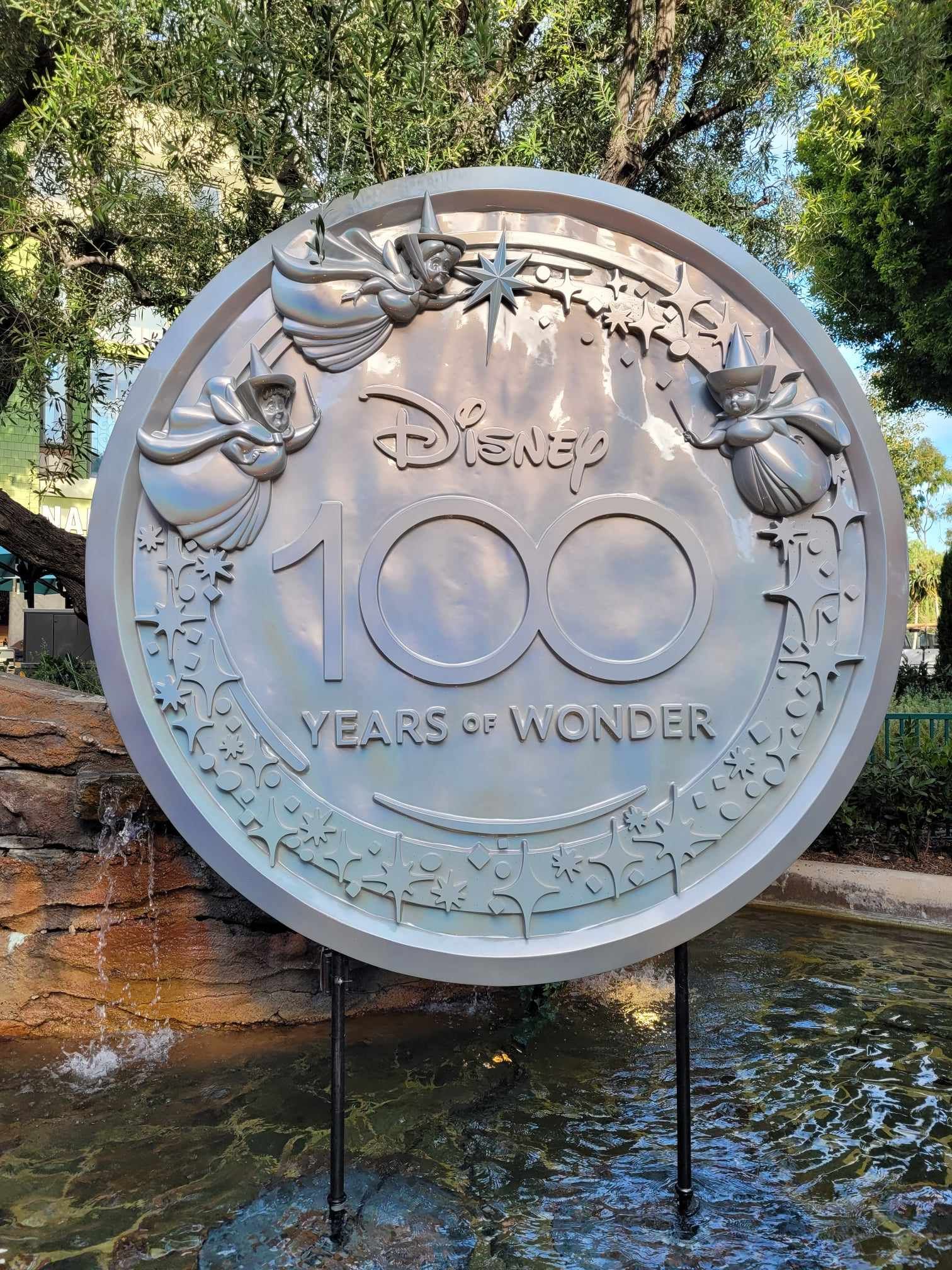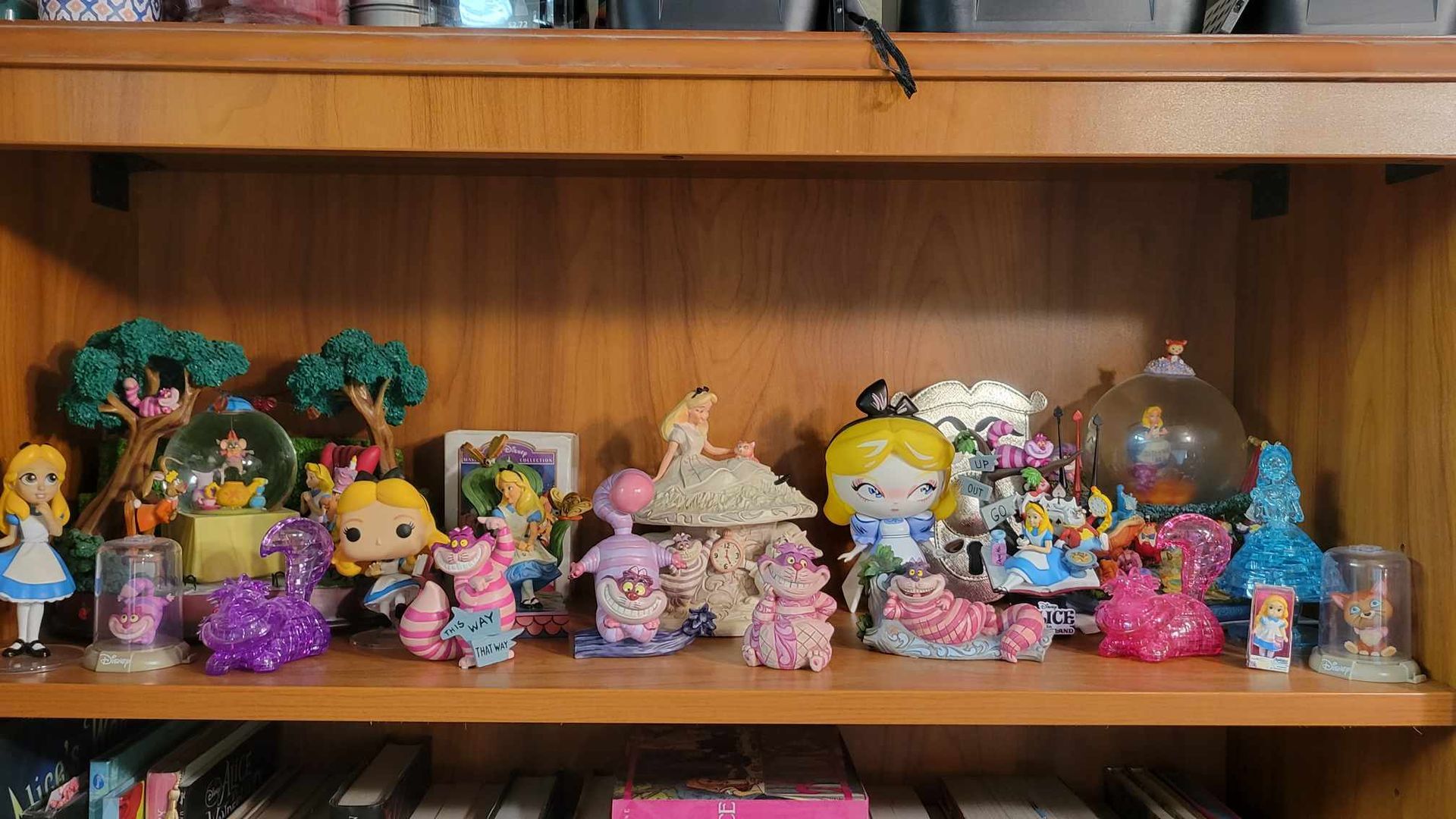Craig D. Barton is a creative consultant, editor, and writer, having written for and consulted on multiple Disney Editions books and various other projects. Besides being a self-described "DisNerd," Craig is an advocate for all arts, loves travel, movies, making his own eclectic music playlists, and, most of all, spending time with his family. Craig currently resides in Avondale, AZ with his lovely wife, quirky daughter, and neurotic yet lovable dog.
1930 - Losses and Gains in a Pivotal Year
by Craig D. Barton
"The Walt Disney Company: 100 Years in 100 Weeks," is the brainchild of Craig D. Barton, presenting weekly posts on the history of the Walt Disney Company. Each post will cover a specific year in Disney's history, featuring essays, shared articles, guest authors, and yearly timelines, all leading up to the company's 100th Anniversary on October 16, 2023. Previous posts in the series can be viewed here..
Be sure to join us every Friday for the newest installment of "The Walt Disney Company: 100 Years in 100 Weeks!"
Previously on “The Walt Disney Company – 100 Years in 100 Weeks:”
After weeks with no pay being sent from Powers, Roy Disney headed to New York to straighten out finances and figure where their share of the profits from the Mickey shorts were going. But getting a straight answer out of Powers proved near impossible for Roy, who returned home discouraged. “That guy’s a crook,” he told Walt in late 1929. “Go back there and see for yourself.” Walt made plans to do just that, feeling confident he could get things settled quickly. After all, he had two successful series and a top animator in Ub Iwerks – what could possibly go wrong?
In January of 1930, Walter Elias Disney was about to find out exactly what could go wrong.
Accompanied by Lillian and Disney Studio legal counsel Gunther Lessing, Walt traveled to New York to meet with Powers; it was time to get a straight answer as to where money from the Mickey Mouse cartoon was going. The answer would prove difficult to obtain. Powers had long had a reputation of obscuring the truth and refusing to show his actual records – in 1912 he went as far as to throw financial records out the window during a power struggle with the head of Universal, Carl Lamelle. Roy found no change in behavior during his visit to Powers in late 1929; Walt, even with legal counsel in tow, would have the same issue.
Powers insisted his sole priority was in selling his Cinephone sound system, but in actuality, he saw the Disney cartoons for the cash cow they were. To lose Mickey would be the loss of income and an ingenious use of Cinephone. However, before any contract was to be discussed, Walt insisted on seeing receipts of Power’s dealings with theater owners over Mickey screenings. Powers had no interest in doing this. He had a different negotiating tactic in mind – a telegram.
In this telegram were words Walt had never thought he would see – Ub Iwerks, his head animator, twenty percent owner of The Walt Disney Company, had been signed to a contract with Powers to produce a new cartoon series of his own. If Walt and Roy were to keep working with Ub, they would need to work with Powers, under HIS terms. Walt was in disbelief. According to Walt biographer Bob Thomas, “Walt was stunned. Walt and Ub had grown up together in the animation business. They worked side by side for long nights to make successes of Alice, of Oswald, and Mickey. Ub had invested part of his salary in the company, and Walt and Roy had made him a 20-percent owner and an officer of the firm.”
In response to the offer from Powers, Walt was firm. “No. I wouldn’t want him (Iwerks). If he feels that way, I couldn’t work with him.”

Ub Iwerks would go on to find some modest success with MGM and his new creation, "Flip the Frog." Note the use of Pat Powers' Cinephone System still in place.
Walt may have been stunned, but had he received the telegram Roy had sent him the day before, he wouldn’t have walked into his meeting with Powers blind. “Ubbe resigns effective soon as possible,” Roy had sent. “Wants to leave at completion of this picture. Will hold him as long as possible. Gives his reasons personal difference with you, admits other connections. Declines to say where or what. (Side note: In fairness to Iwerks, he was not actually aware his new deal was worked with Powers involved – he had been dealing with one of his “henchmen” on the west coast, not Powers directly.) Will get full release from all possible claims. Will consult attorney on same. Our talk was limited. He has not yet given any views on what he expects. I will deal with for settlement on two basis: preferably outright amount or agreement of sharing interest on profits of pictures to date. Suggest stop all publicity immediately on Ubbes’s name. (Ub had been listed on the credits as animator of these Mickey shorts – his name had grown in the industry, synonymous with the success of Mickey.) Feel that sooner we have definite release from him the better.”
As mentioned in previously, there had been growing tension between Ub and Walt during production of the Skeleton Dance. In addition to Walt feeling Ub was being wasted in in-betweens, there was also a difference of opinion on the process of Ub’s animation itself – something he took very personally.
In Leslie Iwerk’s autobiography of her grandfather, she notes that Walt would rewrite the timing of Ub’s exposure sheets when he wasn’t around, in order to change the timing of the animation. Animator Mark Kausler explained, “Timing is very sacred to an animator because it’s such an integral part. It’s not just drawings… The rate of exposure is very important to get the effects across that an animator wants.”
And Walt was changing that timing. According to Leslie Iwerks, “Ub confronted Walt. ‘Don’t you ever touch my drawings!’ he demanded. ‘These are my drawings and this is how I solve the problems, keep your hands off them!’ ” It was about the respect as an animator Ub felt he deserved, and a need for independence to run things the way he saw fit. It was time, in his eyes, to move on, no matter the cost.
And the cost? A dissolvement of Ub’s contract with Disney and a payout of a whopping $2,920 for his one-fifth interest in the company (One shudders at the thought of how much 1/5th of The Walt Disney Company would be worth today!).
As to the other part of Roy’s telegram, the part that mentioned removing Ub’s name from all publicity? Ub had been listed as the animator in the credits of the Mickey Shorts and Silly Symphonies. While the company bore Walt’s name, within the industry, the name Ub Iwerks was synonymous with the success of these shorts. Losing him was seen as a huge blow to the company, one that left many unsure of the company’s future – even within the company itself. Studio music head Carl Stalling was one of those skeptics. “When Ub left, I knew something was wrong,” he recalled. “When Roy Disney told me that Ub was leaving, I told him, ‘Well, I guess I’ll be leaving too.’ We were getting worried… and I had a home and expenses.”
Not all shared this outlook, and many stayed at the studio to continue their work within the company to make sure Mickey, the Silly Symphonies, and any new projects that Walt might put into the works were able to continue.
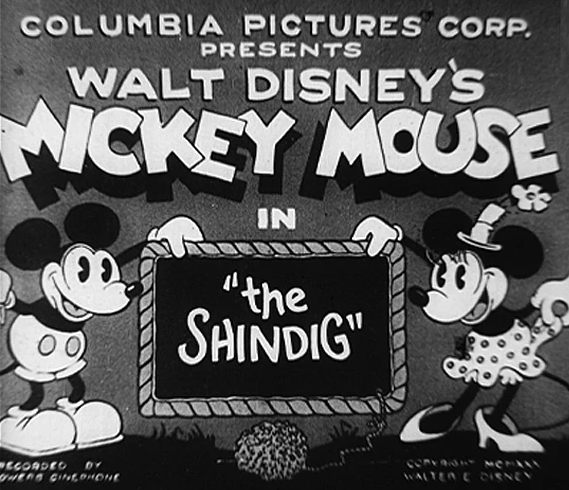
Title card for "The Shindig," Released under the Columbia label.
And at least Walt still owned Mickey. He did, however, need to find a new distributor, and there was the matter of the already made Mickey shorts that Pat Powers had distributed. After considering options, the Disney brothers decided their best bet (Or quickest headache relief) was to cut ties with Powers, pay him a requested fee of over $100,000 for the rights to the first twenty-three Mickey Mouse cartoons, and seek out a new distributor. Although Powers threatened to sue any movie house that would agree to a new Disney deal, the company found sanctuary in Columbia Pictures; at the urging of director Frank Capra, studio head Harry Cohn offered a new distribution deal along with a “War Fund” of $25,000 to combat any Pat Powers opposition.
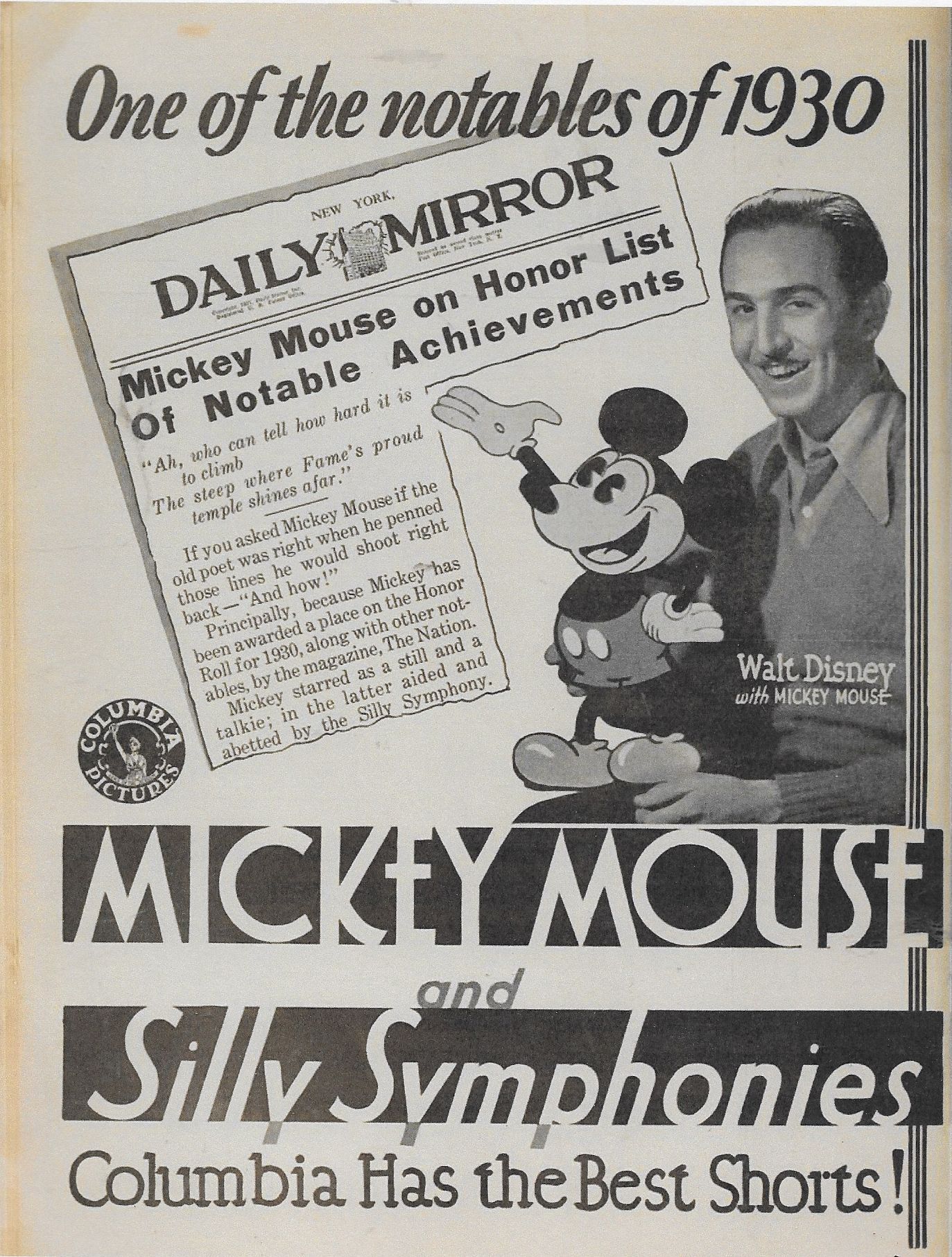
Actually, Mickey had the "best shorts."
Still, despite the new contract and the worldwide success of their “head cheese,” money was tight – cost of production along with money paid to obtain rights to the original Mickey shorts did not allow for much actual income for the studio. One form of income did come, however, in a different form.
As Walt would remember, “Right after Mickey Mouse hit, I was in New York and we needed money. A fellow kept hanging around the hotel with three hundred dollars cash waving at me, and I finally signed a deal to put Mickey Mouse on these big cheap (writing) tablet type of things. It was the first deal ever signed.”

Mickey writing tablet from 1930 - Wouldn't we all love to get our hands on one of these now?
In February of 1930, realizing the appeal and potential for success, Roy signed a contract with the George Borgfeldt company in New York for production of Mickey and Minnie Mouse toys. A month later, Walt proposed a series of books on animals that featured Mickey Mouse to the Buzza Company of Minneapolis. King Features had begun running a daily comic strip on January 13 of the same year with great success. Mickey Mouse Clubs were meeting in theaters for Saturday morning matinees. The Mickey craze was running wild. The loss of an amazing animator had hurt. The financial toll from mismanaged distribution deals had caused a financial wound. But the success in the theaters, the recognizable face on merchandise, and the insatiable demand from the public made one thing clear:
Mickey Mouse wasn’t going anywhere.

A meeting of the Saturday morning matinee Mickey Mouse Club. Not scare inducing at all.
1930
- Mickey Mouse comic strips begin circulation January 13th
- Ub Iwerks leaves Disney to open The Iwerks Studio – last short for the company is Mickey Mouse “The Cactus Kid.”
- Columbia Pictures begins distribution of film shorts
- Mickey’s Dog debuts in “The Chain Gang on September 5th
1930 Animated Releases:
Silly Symphonies - Summer - January 16
Silly Symphonies - Autumn - February 13
Mickey Mouse - The Barnyard Concert - March 3
Silly Symphonies - Cannibal Capers - March 13
Mickey Mouse - Fiddling Around - March 14
Mickey Mouse - The Cactus Kid - April 11
Silly Symphonies - Frolicking Fish - May 8
Silly Symphonies - Arctic Antics - June 5
Mickey Mouse - The Fire Fighters - June 11
Silly Symphonies - Midnight in a Toy Shop - July 3
Mickey Mouse - The Shindig - July 9
Silly Symphonies - Night - July 31
Mickey Mouse - The Chain Gang - August 6
Silly Symphonies - Monkey Melodies - August 10
Mickey Mouse - The Picnic - October 1
Mickey Mouse - The Gorilla Mystery - October 10
Silly Symphonies - Winter - October 30
Mickey Mouse - Pioneer Days - December 10
Silly Symphonies - Playful Pan - December 28
*"The Walt Disney Company: 100 Years in 100 Weeks" is a project conceived by Craig D. Barton and presented by Communerdy. It is in no way affiliated with The Walt Disney Company, and any opinions presented within its content are that of the author(s). For more updates, follow us on https://www.instagram.com/disney100in100/ .


